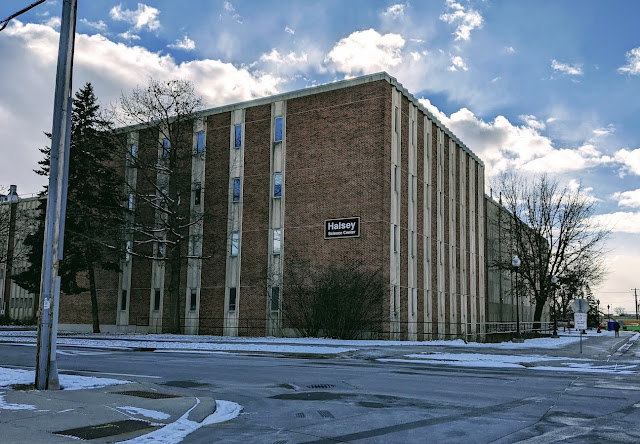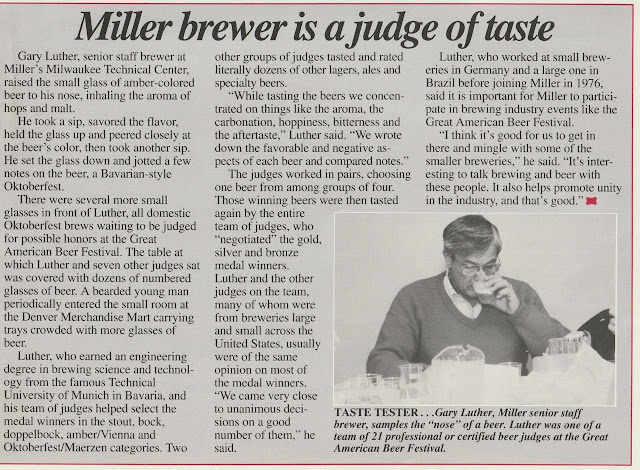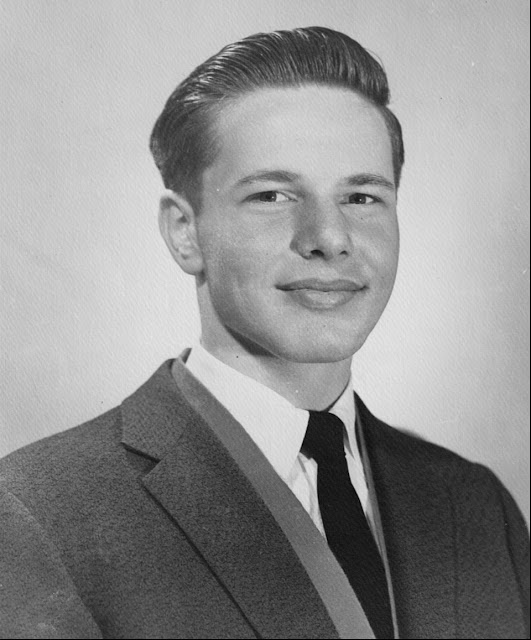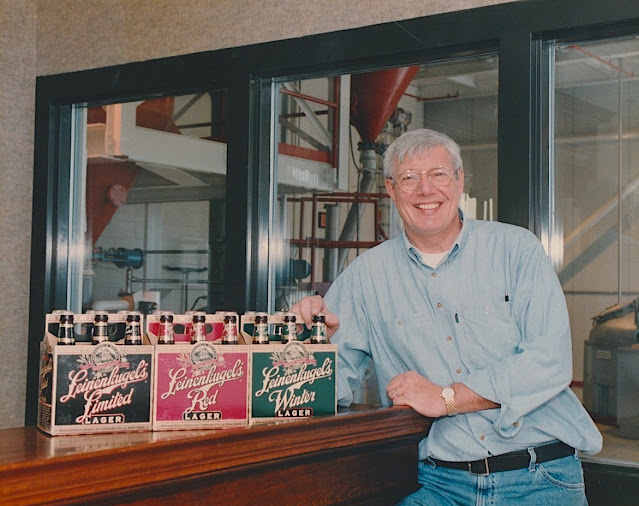 |
| Oshkosh 1871, looking north towards the Main Street Bridge. |
But Oshkosh’s notoriety wasn’t due to its rising economic stature. Its renown was born of the city's riotous social life. "Fun with the boys in Oshkosh" became a catchphrase for drunken, violent excess. In newspapers across the nation, Oshkosh was portrayed as larger than life. A city of myth.
Oshkosh continues to pile up evidence of being a city, a real live metropolis. Heretofore, the evidence has been fires, "fun mit der poys," Turkish baths, litigation about loose sidewalks and trousers, rat pits... The last exciting incident at the "Metropolis," is a variation, a perfect nugget for morbid lovers of sensation.
– Menasha Saturday Evening Press, February 18, 1871.
The Menasha paper was laying it on a touch thick. There were not multiple rat pits in Oshkosh. There was just one.
The Oshkosh Rat Pit was attached to Henry Schwabe's Excelsior Saloon on the “nickel side” of Main Street about halfway up the block from Ceape.
The splashy name was the equivalent of dousing a pig with perfume. The Excelsior was a dive crouched in a two-story, wood-framed fire-trap. Schwabe was a 26-year-old Prussian immigrant with a saloon catering to a hardcore sporting crowd. He provided the amusements they craved: billiards, bowling, gambling, and all the lager beer and liquor they could stomach.
 |
| The southern end of Main Street in the early 1870s. The red arrow points the way into the Excelsior Saloon and the Oshkosh Rat Pit. |
The Rat Pit was conceived and operated by two men known only as Reed and Lewis. They fit the Excelsior with an octagon pit five-foot deep and twelve feet across. This was a bloodsport theater. A number of rats would be released into the pit and then a dog was sent in to annihilate them. The carcasses were cleared and another dog would have its chance at a fresh pack of rats. The exhibition was preceded by wagers placed on which dog would prove most efficient at the slaughter.
 |
| An1800s depiction of a rat pit amphitheater. |
The Oshkosh rat pit made its debut on the Saturday evening of February 4, 1871. The reporter from the Northwestern was enthralled.
The latest attraction in the sporting line is the rat pit of Reed & Lewis, at 36 Main street, which was formally opened to the public on Saturday evening… In this were placed the rats, ten in number for each dog. The first dog let into the pit was Stevenson’s bull terrier, weight 20 pounds; time 2 ½ minutes. John O’Brien’s black and tan terrier, weight 11 pounds, next took the pit and succeeded in dispatching her ten rats in 4 minutes. An immense crowd thronged the room and while the fight lasted the sport was tremendous. A fight with another dog was intended, but owing to the crowd in the room, a large number of rats in the cage escaped into the room and there were not enough.
– Oshkosh Northwestern, February 9, 1871
That’s an extraordinary bit of reporting, if for nothing else, how altogether agreeable that night in the pit is made to seem. As if this were just the latest high-spirited spectacle in gay, old Oshkosh. But that's not how outsiders saw it.
Newspapers around the state got wind of the pit and published a flurry of articles that were equal parts disbelief, disgust, and mockery.
The “boys” at Oshkosh are having a great deal of what they call “fun” at the rat-pit there. They had an orgie last Saturday evening, and probably think it’s a good way to get ready for Sunday.”
– Milwaukee Daily News, February 17, 1871
The naysayers were of no concern to Reed and Lewis. They mouthed about civic virtue, claiming their pit was helping rid Oshkosh of its vermin. They offered $10 a hundred for any quantity of rats. Within a week, they found there weren't enough rats in Oshkosh to feed the pit. So they began importing them, "full, plump fellows with keen bright eyes" from Chicago, Cleveland, La Crosse, and Milwaukee.
By the end of February, Reed and Lewis had the hottest show in town with a heavy stream of rats, ratters, gamblers, and geeks descending upon the Main Street pit. They were pulling an even better crowd than the vaunted evangelist who came to save Oshkosh from its wicked ways.
 |
| Margaret Newton Van Cott. |
The opening of the Rat Pit coincided with the arrival of Maggie Van Cott, a national celebrity known as "the most popular, most laborious, and most successful preacher in the Methodist Episcopal Church." Her specialty was breaking the deviant wills of diehard sinners. Much of her fame rested on having saved countless wretched souls in New York City's notorious Five Points neighborhood. Now she was going to do the same for Oshkosh.
The Van Cott visit was not without controversy. Folks in Appleton were pissed because she broke her promise to go there and, instead, went to campaign against "the naturally greater wickedness" of Oshkosh. Van Cott took up residence on Church Street at the Methodist Episcopal Church where she held non-stop revival meetings attempting to pray away the sinfulness gripping the city. It didn't work.
Van Cott’s leaving coincided with the coming of a mob of loggers on holiday from lumber camps in the Northwoods. The axemen were Rat-Pit naturals. Reed and Lewis lured them in by papering the city with handbills printed with the following…
When a Winneconne preacher came across one of the flyers he was said to have remarked that if Jesus Christ had come to Oshkosh he would have found it too hot.
Yet Reed and Lewis abided. The denunciations continued to pour in from around the state and by mid-March both the Oshkosh Times and Oshkosh Journal had joined the jeering chorus. At the Northwestern, though, the vicious enthusiasm never waned for “The rat pit and its rats, and terriers, and brass band, and crowd of ‘boys’” that made for such a “lively sport.”
Most everyone else had seen enough, though. Attendance at the pit began falling off as the novelty of it waned. With the loggers drifting back to their camps, Reed and Lewis attempted to shore up the sagging enterprise. They increased the rat packs from 10 to 25 and raised the winner's purse to $25. It was to no avail. The Oshkosh Journal published its Rat-Pit obituary on April 1.
We are informed that services at the rat-pit have been discontinued, owing to a lack of interest in that “inspiring” amusement. Like a new broom, it swept clean at first, calling together crowds composed of all occupations except, perhaps, the ministry. Not even the frequent reports of the Northwestern could keep up the appetite for the “sport,” and ye rat-pit has “gone where the woodbine twineth.”
– Oshkosh Journal, April 1, 1871.
The site was cauterized four years later. On April 28, 1875, Oshkosh’s fifth and last great fire burned away any remaining traces of the Excelsior Saloon and the Oshkosh Rat Pit.




















































